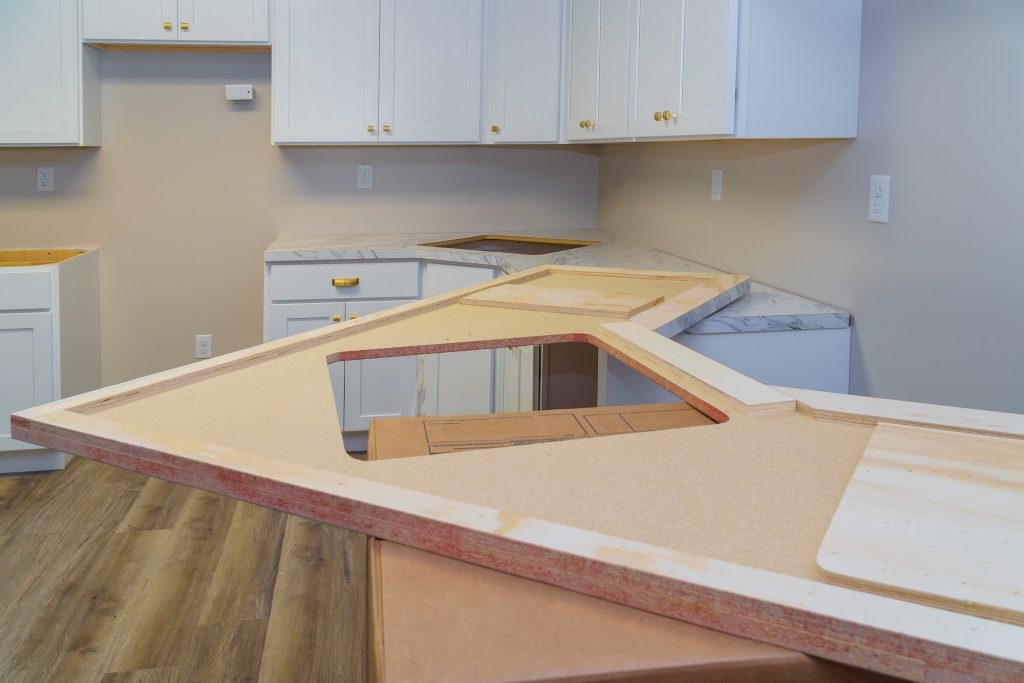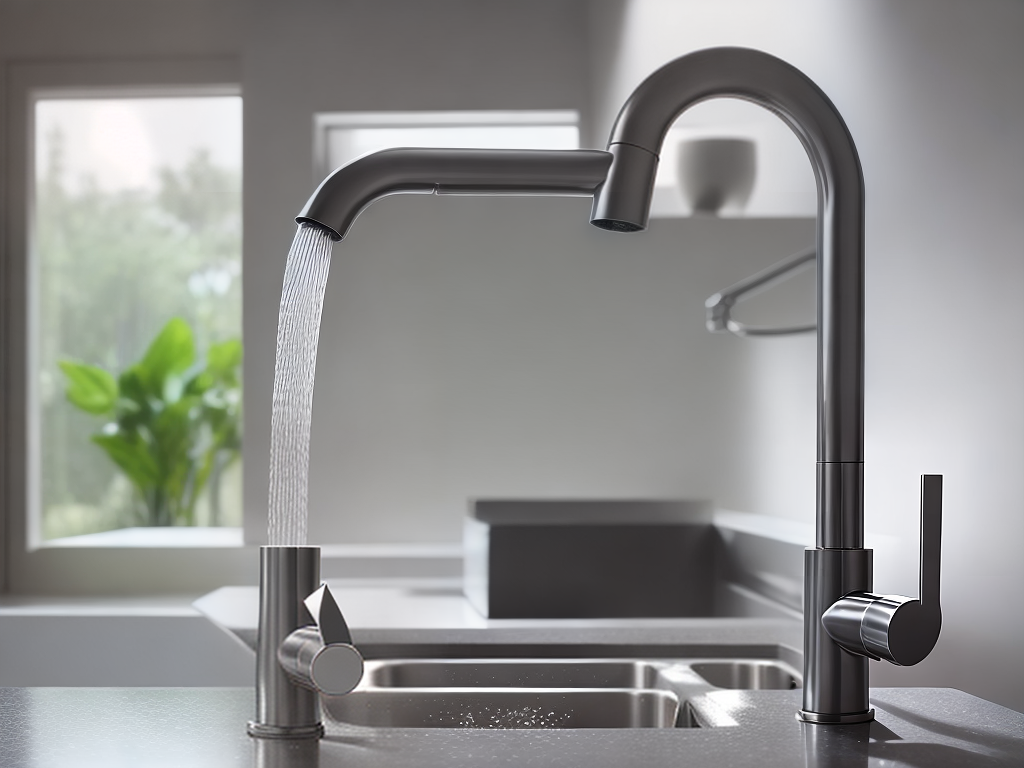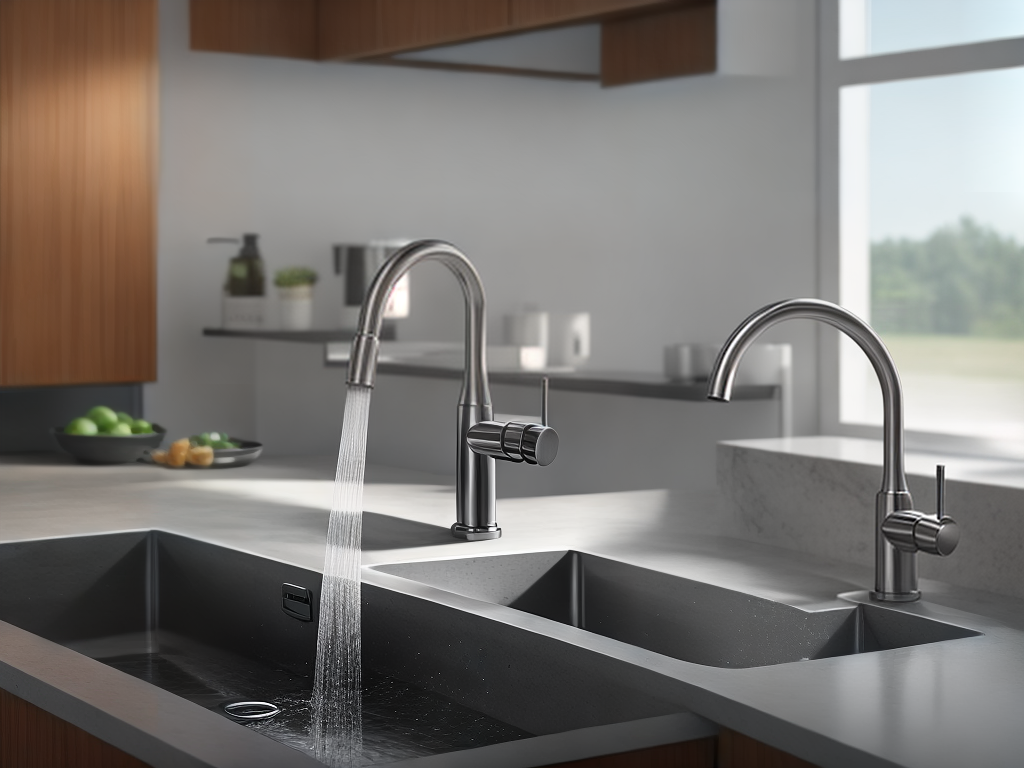Introduction to Eco-Friendly Kitchens
There has been a growing interest in creating sustainable and eco-friendly living spaces in recent years. One area that has gained significant attention is the kitchen, as it’s a place where we use resources like water, energy, and materials daily. This article will focus on creating an eco-friendly kitchen with water-saving faucets to help conserve water and reduce your environmental footprint.
The Importance of Water Conservation
Water is a precious resource that’s often taken for granted. As the global population grows, water scarcity is becoming an increasingly pressing issue. By conserving water in our homes, we can reduce our environmental impact and save money on our utility bills.
Environmental Impact
Using water-saving faucets in your kitchen can significantly reduce your household’s water consumption. This, in turn, helps to preserve natural water sources and protect aquatic habitats. In addition, using less water reduces the energy required to treat and distribute it, thereby decreasing greenhouse gas emissions.
Economic Benefits
By investing in a water-saving faucet, you can also save money in the long run. Reduced water usage means lower water bills and less money spent on heating water for various kitchen tasks.
Water-Saving Faucets
Water-saving faucets come in various designs and technologies to help you reduce your water usage in the kitchen. You can make a significant difference in your water consumption by choosing the right faucet for your needs.
Types of Water-Saving Faucets
There are several types of water-saving faucets available on the market, each with its unique features and benefits:
- Low-flow Faucets: These faucets use less water per minute than traditional ones. They achieve this by incorporating water-saving technologies, such as pressure-compensating aerators, which maintain a steady flow rate regardless of water pressure.
- Aerated Faucets: Aerators mix air into the water stream, creating a softer, bubbly flow that uses less water without sacrificing pressure or performance.
- Motion-activated Faucets: These faucets turn on and off automatically when they detect the presence of your hands, reducing water waste from leaving the tap running.
Key Features of Water-Saving Faucets
When looking for a water-saving faucet, consider the following key features:
- Flow rate: The flow rate is measured in litres per minute (L/min) and indicates the volume of water that flows through the faucet. Choose a faucet with a flow rate of no more than 6 L/min for optimal water conservation.
- Aerator: An aerator is an essential component of a water-saving faucet, as it helps to reduce water usage without compromising performance.
- Certification: Look for faucets with a Water Efficiency Labelling and Standards (WELS) rating or a WaterSense label, which ensures that the product meets specific water efficiency and performance criteria.
Tips for Choosing the Right Water-Saving Faucet
When selecting a water-saving faucet for your kitchen, consider the following factors:
Material and Finish
Choose a faucet with durable material, such as stainless steel or brass, and a finish that complements your kitchen’s aesthetic. Opting for a high-quality faucet ensures longevity and reduces the need for frequent replacements, which is more sustainable in the long run.
Design and Style
Water-saving faucets come in various styles, such as traditional, contemporary, or industrial, and designs, including pull-down, pull-out, or fixed spout. Select a faucet that matches your kitchen’s decor and meets your functional requirements.
Flow Rate and Water Efficiency
As mentioned earlier, it’s crucial to consider the flow rate of the faucet you’re choosing. Ensure it meets water efficiency standards, such as the WELS rating or the WaterSense label, to ensure optimal water conservation.
Installing Your Water-Saving Faucet
Once you’ve chosen the perfect water-saving faucet, it’s time for installation. While it’s possible to install the faucet yourself if you have some DIY experience, it’s always a good idea to consult a professional plumber, especially if you’re not confident in your skills. A professional installation will ensure your faucet functions correctly and optimises water efficiency.
Maintenance and Care
To keep your water-saving faucet in optimal condition, cleaning and maintaining it regularly is essential. This includes wiping the faucet with a soft, damp cloth to remove dirt and grime and periodically cleaning the aerator to remove any buildup that could affect water flow.
Additional Eco-Friendly Kitchen Ideas
Creating an eco-friendly kitchen doesn’t stop at water-saving faucets. Consider these additional ideas to enhance your kitchen’s sustainability further:
- Energy-efficient Appliances: Invest in energy-efficient appliances, such as fridges, dishwashers, and ovens, which consume less electricity and reduce your carbon footprint.
- Sustainable Materials: Use sustainable materials for your countertops, cabinets, and flooring, such as reclaimed wood, bamboo, or recycled materials.
- Reducing Waste: Implement waste reduction practices, like composting food scraps, recycling packaging, and using reusable containers for food storage.
Conclusion
An eco-friendly kitchen is better for the environment and contributes to a healthier and more sustainable lifestyle. Choosing a water-saving faucet and implementing other sustainable practices can make a significant difference in water conservation and reduce your overall environmental impact.
FAQs
- Are water-saving faucets more expensive than traditional faucets? While some water-saving faucets may have a higher upfront cost, they can save you money in the long run by reducing water consumption and utility bills.
- How much water can I save with a water-saving faucet? The amount of water you can save depends on the flow rate of your current faucet and the water-saving faucet you choose. You can save up to 50% of your water usage by switching to a water-saving faucet.
- *Do water-saving faucets compromise water pressure or performance?* No, water-saving faucets are designed to maintain water pressure and performance while using less water. Technologies such as aerators and pressure-compensating valves ensure a steady flow rate and satisfactory user experience.
- Can I retrofit my existing faucet to make it more water-efficient? You can retrofit your current faucet by installing an aerator or a flow restrictor, which can help reduce water usage without replacing the entire faucet.
- Is it challenging to maintain a water-saving faucet? Maintaining a water-saving faucet is not difficult. Regular cleaning and occasional aerator maintenance are required to keep your faucet functioning efficiently and prolong its lifespan.




